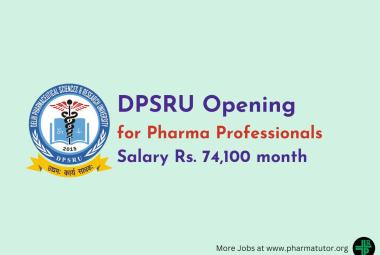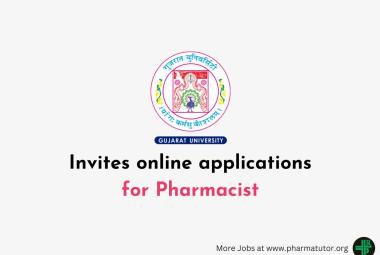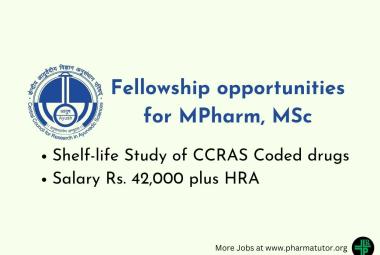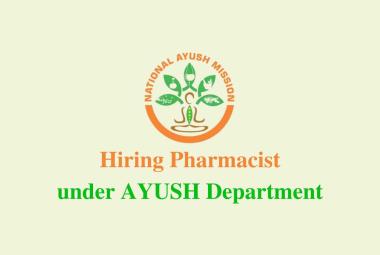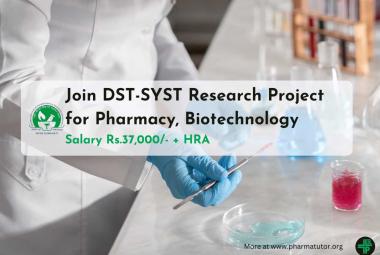Orthomolecular Therapy- A Ray Of Hope In Schizophrenia Treatment
About Author:
Divyasri Damacharla, Shruthi Gobbooru, IV.B.Pharm,
M.S.Ramaiah College Of Pharmacy
Abstract:
The use of prescription drugs in the treatment of diseases causes loss of essential nutrients from the body leading to various side effects. So Linus Pauling discovered the orthomolecular therapy which uses the essential nutrients which are found less in a particular disease condition. Here in Schizophrenia, certain negative and positive symptoms are observed with the use of certain prescription drugs. Besides, they are even ineffective sometimes. So, orthomolecular therapy has been developed and modified by various scientists like Drs Abram Hoffer and Humphrey Osmond in 1965 and treated and cured many hundreds of schizophrenic patients with their “Megavitamin formula”



 About Author:
About Author:  About Author:
About Author: About Author:
About Author:
 About Authors:
About Authors:
